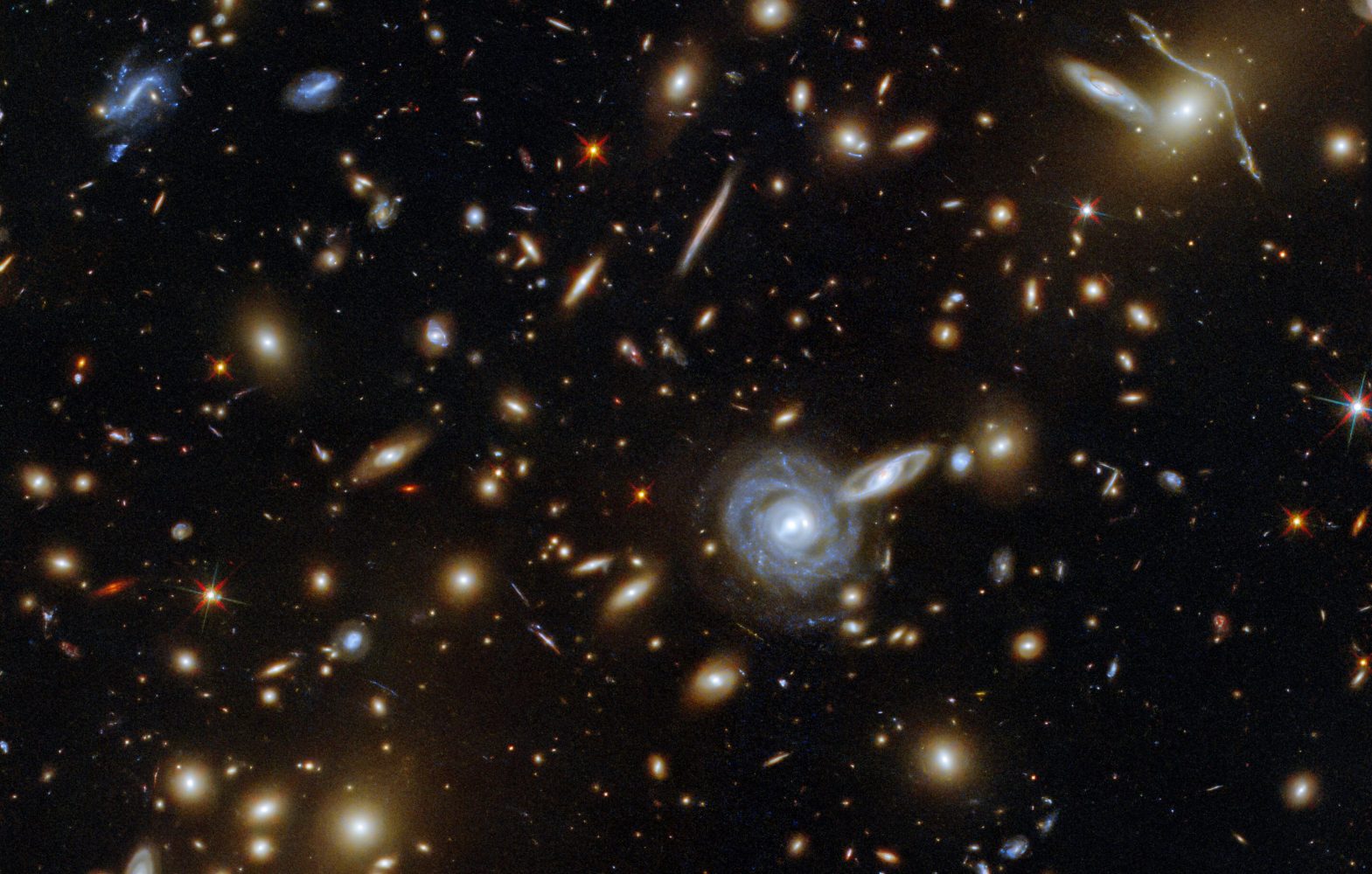Since it launched in 1990, the Hubble Space Telescope has continued to deliver new and exciting discoveries about the cosmos. Now, Hubble’s largest near-infrared image could further help scientists find undiscovered galaxies.
The image captures the entirety of the COSMOS field, a known region of space filled with galaxies. It was captured using a program called 3D-DASH.
Hubble’s largest near-infrared image is a gateway to new discoveries
A group of researchers working with 3D-Dash will publish their findings in The Astrophysical Journal later this year. For now, though, the study is available via the preprint site arXiv. What makes Hubble’s largest near-infrared image so astonishing is that it captures more than Hubble can typically show in a single image.
The space telescope, which has been NASA’s baby for over 30 years, is designed to capture wide images. However, this image is well beyond the scope that Hubble would normally capture. To make such an image possible, the researchers used a program called 3D-Dash. 3D-Dash relies on a technique known as Drift and Shift (DASH).
With DASH, researchers take up eight pictures per Hubble’s orbit, instead of the standard one image. This allowed them to capture 2,000 hours’ worth of images in just 250 hours. They then combined these images into a single mosaic to create Hubble’s largest near-infrared image ever captured.
Using DASH to explore the universe

Part of what makes DASH so amazing, though, is that it gives us a much wider view of space than a single Hubble image usually allows. Hubble’s largest near-infrared image was put together with image collections up to eight times larger, in fact. This means more coverage of space that scientists can use to further plan missions for the James Webb Space Telescope.
NASA launched James Webb last year and recently announced the release of its first images next month. The telescope features the latest technological advancements, which should make the images it captures mind-blowing.
But NASA designed the telescope to study items close up, instead of at a wide view like Hubble. As such, it can’t capture massive wide-view images like this particular one. But it could tell us more about the intricacies of the galaxies seen in 3D-Dash.
You can explore 3D-Dash yourself using an interactive, online version created by Gabrial Brammer, who works at the Cosmic Dawn Center. It’s astonishing to scroll through the image, watching as the different pieces come together to create the largest near-infrared image of our sky Hubble has ever captured.








